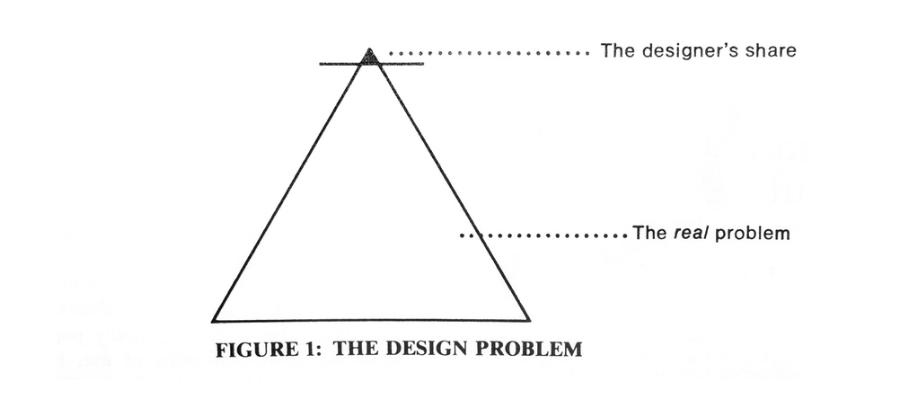The task is to have a communitynevertheless, and to discover means of using specialties topromote it. This can be done through the Great Conversa-tion.
We need some common culture to bind humanity together. Hutchins makes the argument that the Great Conversation can help to effectuate this binding through shared culture and knowledge.
Perhaps he is even more right in the 2000s than he was in the 1950s?
